Column

Elite overproduction is a historical theory developed by US thinker of Russian origin, Peter Turchin who argued that conflict among elites can lead to national socio-political instability and even disasters. It gained traction in the slightly fringe world of Western academia which means while it's not mainstream, the theory is not ignored.
This trend is common in the West where elites of all kinds including the intellectual variety are into production and often over production of theories and analysis.
The never ending crisis of many kinds in the globe and the desire to understand and control the same if possible by a section of the West keeps people interested in theories. In eastern academia life is simpler. Most are either Islamic-Hinduttva or Marxist etc and such are considered sacred so the demand for theories is less as all such frameworks are taken as final.
Elite overproduction in three paragraphs
Elite overproduction theorists say, crisis occurs when society can't absorb the elites it produces. This cause's social instability as those left out of power feel aggrieved by their relatively low socioeconomic status.
It doesn't occur immediately but over time similar to the accumulation of inflammable debris which one day due to a trigger causes fire and then damage. "According to Turchin, periods of political instability have throughout human history been due to the purely self-interested behavior of the elite."
"When the economy faced an expansion in the workforce, which exerted a downward pressure on wages, the elite generally kept much of the wealth generated to themselves, resisting taxation and income redistribution. In the face of intensifying competition, they also sought to restrict the window of opportunity to preserve their power and status for their descendants. These actions exacerbated inequality, a key driver of sociopolitical turbulence due to the proneness of the relatively well-off to radicalism."
It means elites are often more than that can be accommodated into the power structure and they are inherently selfish. So as they grow in numbers and aspirations, they get involved in competition for resources which leads to conflict that produces instability followed by new configurations, new elite formation, a period of lesser instability and then growth and its followed by the repetition of the same cycle over time.
South Asia's instability
These Western theorists however universalize the world and ignore historical context and socio-economic variations as a result of that. They also believe that management of elite production is possible and cite examples in the West for that. Some of them think the West nearly resolved it through WW 1 and 2 but later lost control.
While looking at the East, it states that China was undone by the Taipeng revolution which made it ripe for takeovers and currently faces a new crisis as government jobs have shrunk but elites are growing. Although the government has now started to promote self- employment, China suffers from elite overproduction.
Similarly Egypt's problem was created by high education and low graduate employment. It's a scenario whose echoes can be heard in Bangladesh and elsewhere in South Asia. Essentially the state employment sector can't accommodate enough of the ever increasing graduates.
New elite in Bangladesh
The case of Bangladesh is added to this simple framework. Right from 1947 onwards, local elites suffered from marginalization and complained about exploitation by the centre. They protested, politicked and ultimately led the war in 1971 to end domination by the Pakistan elite. The Pakistan elite had emulated the colonial elite management model as expected.
After 1971, the Bangladesh elite behaved similarly like the previous generation of elites and grew hefty as expected but faced challenges from the left out elite including the army which resulted in the first regime change in 1975 August.
Internal conflict within the army elite caused three major instabilities in November 1975 till it was settled for a period. However, unrest among the top elite group continued leading to unrest in 1981 and subsequent army led proto-civilian regimes.
Similar unrest rose in 1990 and 2001 within both civil led and military elite but ended in 2008 with task division and consensual compromise between civil and military elites. However, production and absorption capacity of the elite were not resolved with the ruling party elite hogging most benefits leading to the various job related shortage crisis beginning with the job quota movement and culminating later in the July-August 2024 upheaval and regime change.
Regime change doesn't end the elite absorption crisis as the current and all previous regime changes show. The difference may also be in the production of sub-elite which doesn't figure in the original theory. In the case of Bangladesh, one such split is between the rural and urban elite.
The rise of multiple elites challenges earlier theory?
In the industrialized West ,its economic development has been more uniform due to industrialization but it isn't the same with, say, Bangladesh. Thus the economic reality is splitting the elite into new sub clusters -urban and rural, statist and social etc- and resultant conflict or the lack of it is a significant change.
For example, the migrant worker who is externally employed but brings money producing capital independent of the State makes a huge impact on elite production, management and even survival of state agencies and other related elites but are themselves not involved in elite competition.
This new elite can be summed up as an internal elite but produced by an external economy. Their closest cousin is interestingly the English colonial elite who grew without depending on their own home capital but did so on other matters including arms and state crime.
The colonial elite served colonialism as its external income source and so do these migrant workers who also send home their income through formal remittance and hundi, an informal source. However, both are elites produced by external income. And the rural based and some urban, external economy dependent elite of the informal variety function without coercion internally and externally and in fact have very limited state connection anywhere.
While the State promoted colonialism and therefore the colonial mother country had a single elite stream production process, the situation is different in say Bangladesh where the migrant workers find their work largely using informal networks and also control their income through hundi or informal money moving channels.
Thus the split is also at the informal and formal nature of the elite. yet the relationship is also that the formal state has high dependence on the external income of the informal elite economically as in the case of Bangladesh.
Impact of new elite sub-groups
The "Elite Overproduction "theory can also be read as internal class conflict as conventionally discussed. Given the political reality, the authors of this theory -all anti-Marxists- developed the same partly to explain what can be explained more simply by usual internal class conflict, a subject studied extensively and explained in many spaces.
What it doesn't explain is the identity and significance of this new elite who are not from the Statist space nor looking for elite association including through jobs or in increasing cases, "national space management", politically or socially. Hence this new sub-group is shielded from the instability, triggered in every case by the weak/withered capacity of the government in absorbing the elite in employment or economics.
This new elite doesn't depend on the national economy but external economies. Hence they have no stake in the local economy and thus no conflict arises with the State. As is obvious, the remittance income based elite comes from the social space while the regime changing politics comes from the Statist space. It's this split between State and society that is not well explained by the "elite overproduction "theory when applied in countries where economies are no longer single streamed in elite production or over-population.






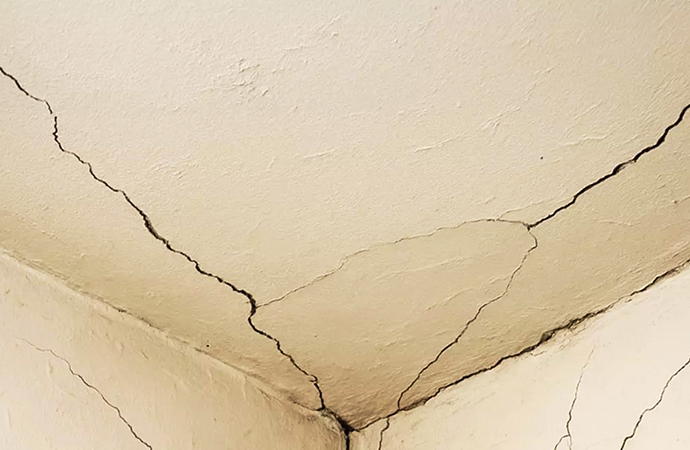
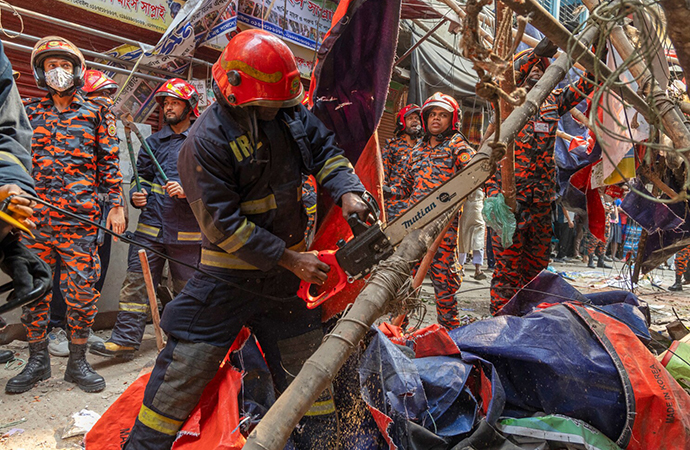
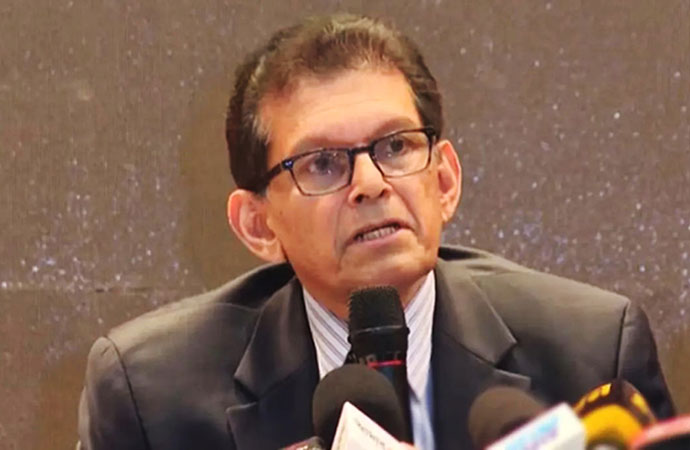
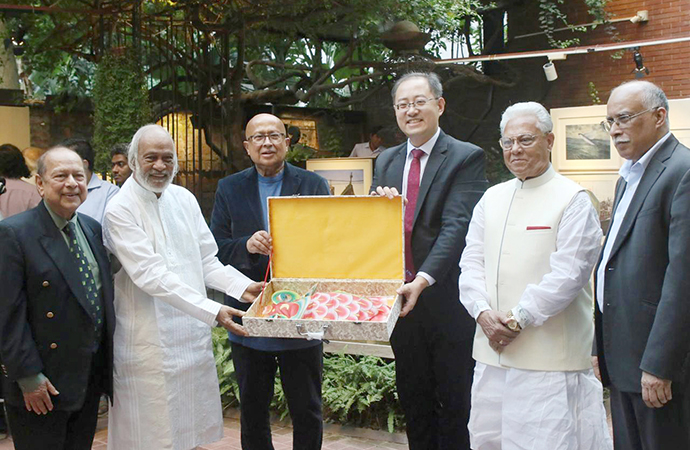


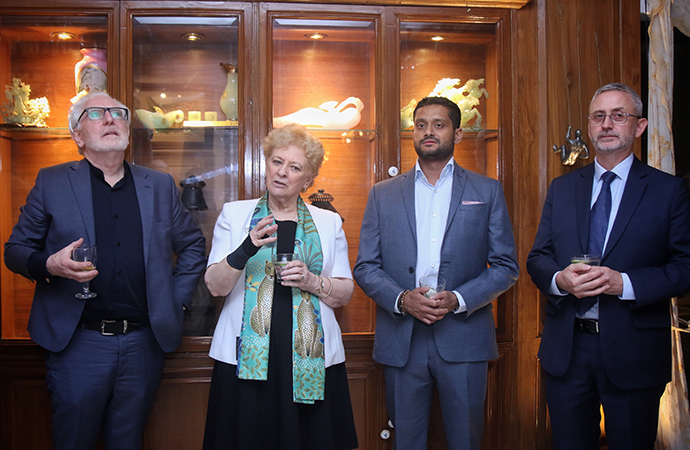
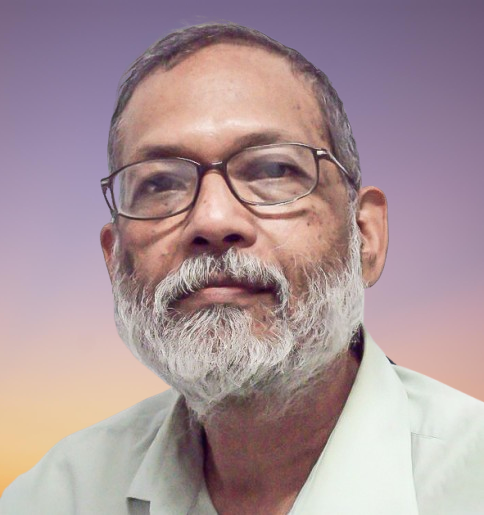




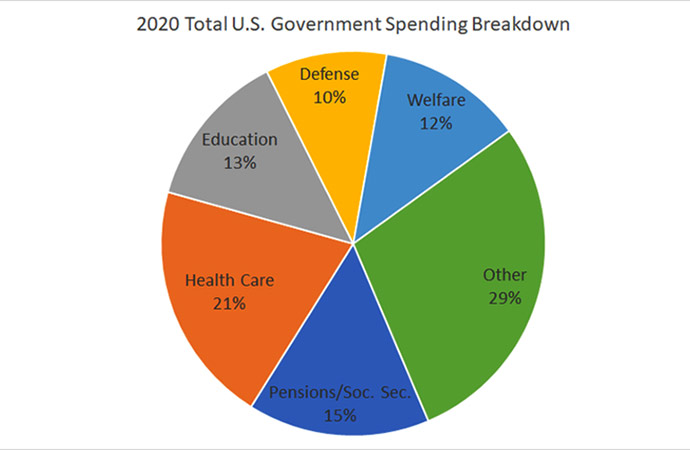

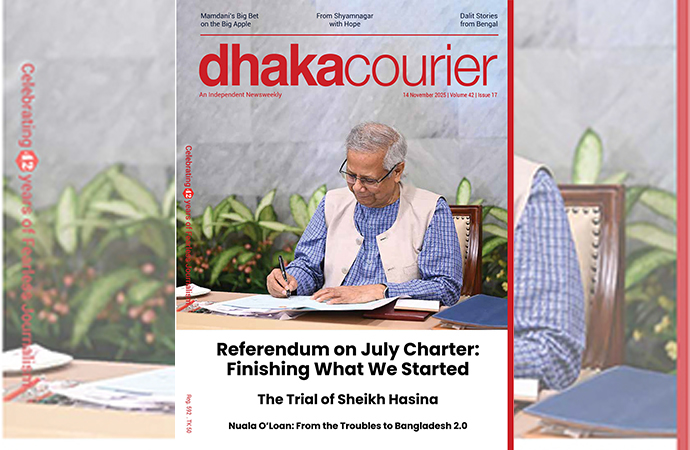
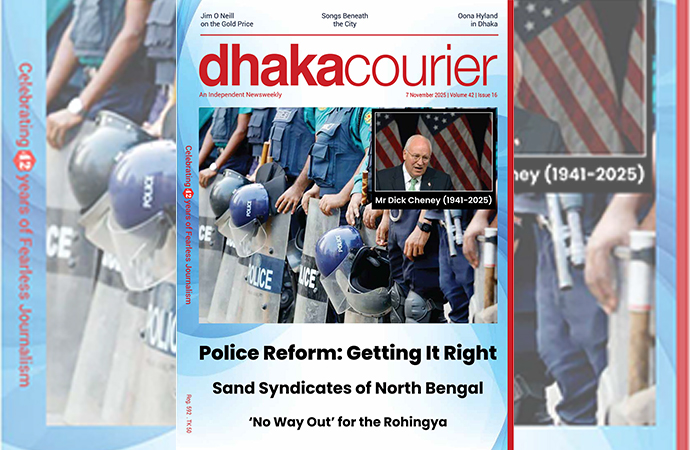
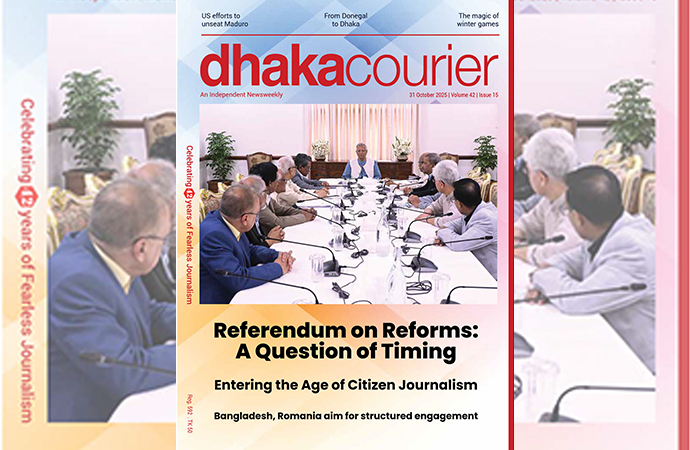
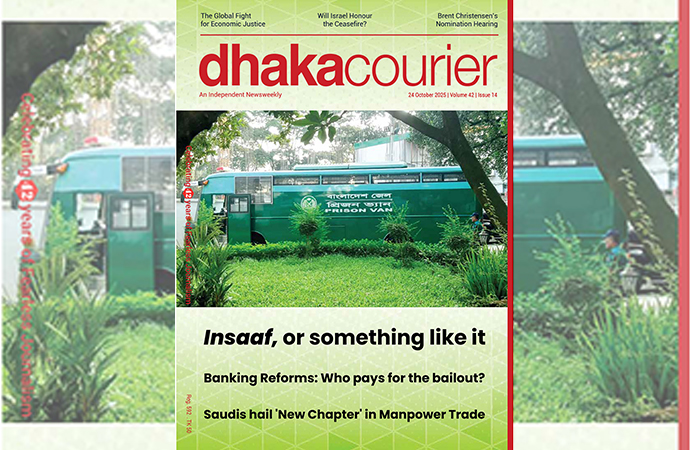
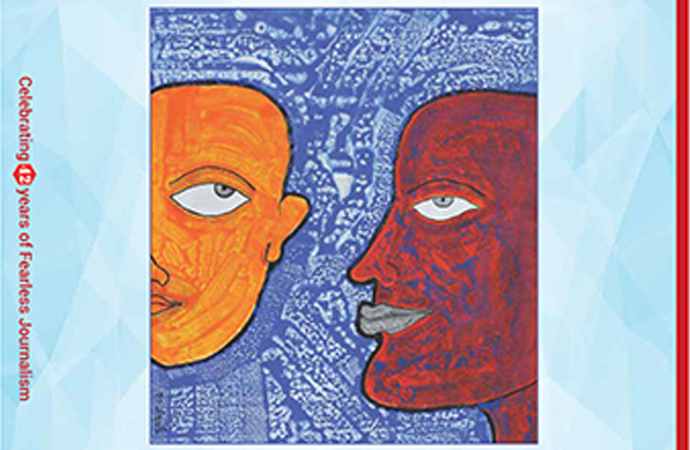
Leave a Comment
Recent Posts
The forensic clean up of the f ...
Much of the coverage centring the surge in Non Performing Loans (NPLs) ...
Hong Kong’s deadliest fire in ...
Hong Kong’s deadliest fire in decades left at least 44 people de ...
False document submission hurts genuine students’ ch ..
The Missing Ingredients for Peace in Palestine
Songs of Hyacinth Boats & Hands: Reading Conversatio ..
Executive Editor Julie Pace on why AP is standing fo ..